The Truth Behind Branding
December 6, 2022
Imagine this scenario. It is a sweltering hot day in summer. The sun shines a golden red through a blanket of haze that covers all the cars, streets, and skyscrapers that litter the city. Light gusts of exceedingly hot wind gently brushes your red, hot face, and your severely parched throat feels as dry as the Sahara Desert. Your aching legs slowly inch along the sidewalk after a long and agonizing run. You long for an ice-cold coke. You look at Google Maps, and spot a convenient store about 3 blocks away. You walk there, sheer determination carrying you along as your legs feel like they are going to break down. You finally walk through the doors, the cold rush of air hitting your sweltering face as you enter, and you shuffle through the aisles looking for the sodas. “Eureka!” You say, as you find the fridge sparsely stocked with drinks. People from around you look at you as if you’re a lunatic, but you couldn’t care less, because you found what you’ve been so desperately searching for. You open the fridge door, but realize a catastrophic dilemma. Not one coke is to be found. You hold back tears, telling yourself not to cry, and you decide to search for an alternative. You pick up a Pepsi, grimacing the thought of drinking such a terrible rip-off. You walk to the cash register, feeling embarrassed as if you are walking the walk of shame. After purchasing the Pepsi and exiting the store, you tear off the Pepsi label from the bottle and furiously stomp on it in the parking lot. Even though you dread it, you know that you have to drink it to prevent heat stroke, so you twist off the cap, and reluctantly take a small sip. As the sweet taste and the fizz elegantly hits your dry tongue, you feel a triumph of joy you have never felt before. It tastes just like coke! If not that, even better! You think to yourself as you begin gulping your Pepsi. Once you have finished the sweet and fizzy Pepsi, you are faced with a question that you need to answer. That question is, If Pepsi tastes as good or even better than coke, why does everyone favor coke?
In this article, you will find out how Coke and Pepsi compete in both taste and retail, as well as how branding may have a role in affecting what you buy on a day to day basis. To answer the question about which cola is better, coca cola and Pepsi organized a blindfolded taste test between Coca-Cola and Pepsi. According to juiceboxinteractive.com, here are the results: “The results were remarkable; people picked Pepsi over Coke by a significant margin.” To many of you, you might be surprised. After all, Coke is more popular in sales. According to investipedia.com, Coca-Cola is worth $268.4 billion dollars, while Pepsi is worth $229.3 billion dollars. So if the general public prefers Pepsi over Coca-Cola, then why is Coca-Cola more successful than Pepsi? The answer is branding.
According to statistica.com, Coca-Cola’s spent about 4 billion dollars in 2020 on advertisement, while Pepsi only spent about 224 million dollars that same year. The fact of the matter is that Coca-Cola spends far more than Pepsi to make their product appealing through advertisement to the consumer. This makes the consumer prefer to buy coca-cola since it seemed more appealing to them than Pepsi in advertisements.
The example of Coke and Pepsi is certainly not the only example where the consumer is heavily influenced by branding. According to frontiersin.org, “It can be seen from the research in this paper that the recommendation success of this algorithm is 19% better than that of the traditional algorithm in the case of a certain number of partitions, and it is suitable for being put into extensive practice.” This, referring to a company that is branded and one that is not, shows that a consumer is more likely to prefer and purchase a product from a company which is branded over the one that is not. This itself does not account for the fact that the branded company will receive more clout because of advertisement. Nevertheless, a product which is branded and advertised becomes much more popular than a product which is not branded, no matter what the product itself is.
All things considered, it is simply human nature to prefer an item that is branded. For example, if you saw an ad on TV which used humor, drama, and special effects to cast a positive light on their product, you would go to a supermarket with the specific product shown in the add on mind. If you saw a product that was similar, you would ignore it since you simply weren’t sure of the quality of the product. Large companies know the power of branding, and are willing to spend millions of dollars to promote their product. This begs a question; just how big and influential could a company get with branding and advertisement?



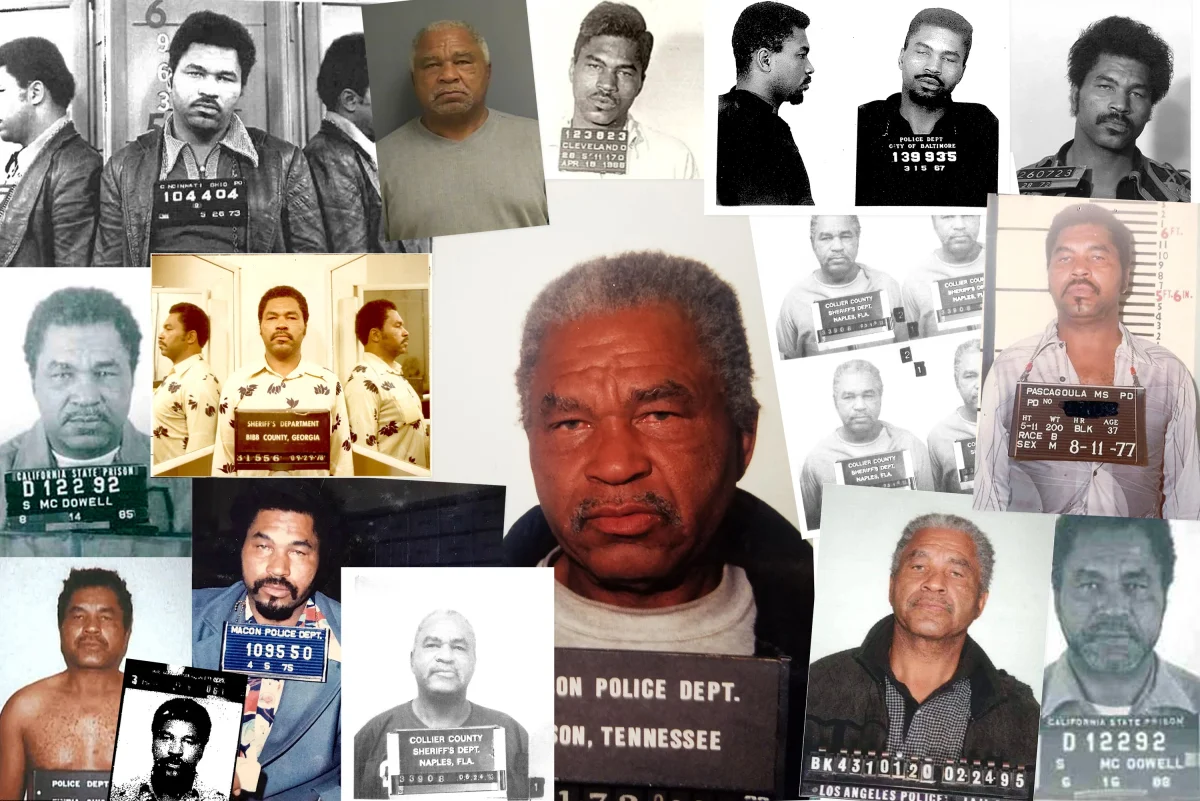
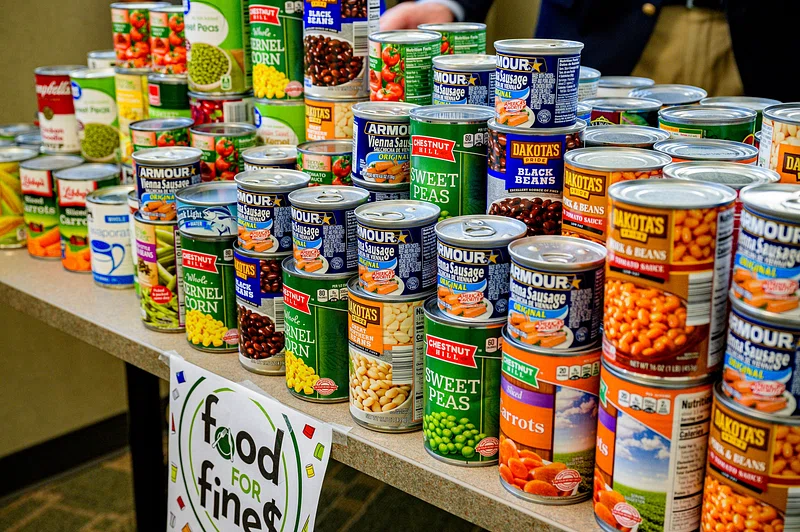




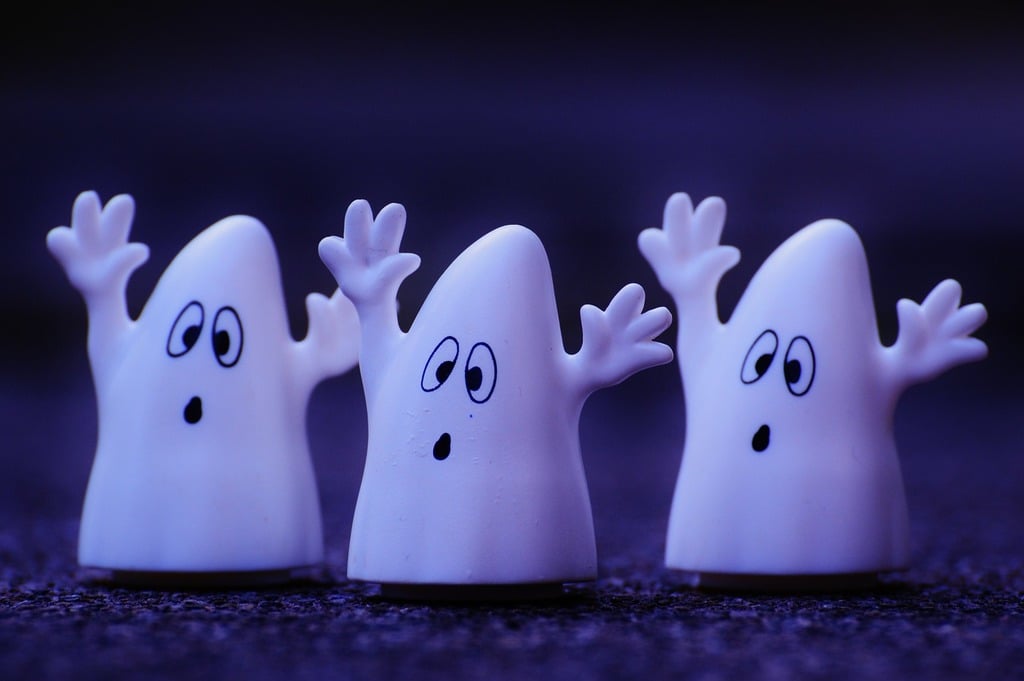

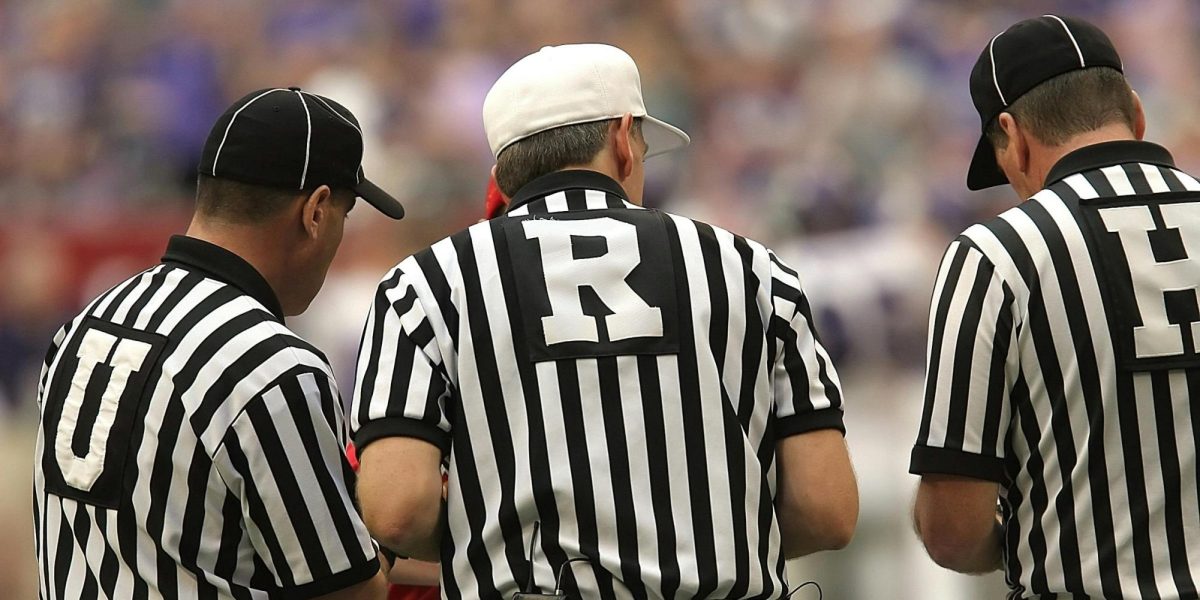
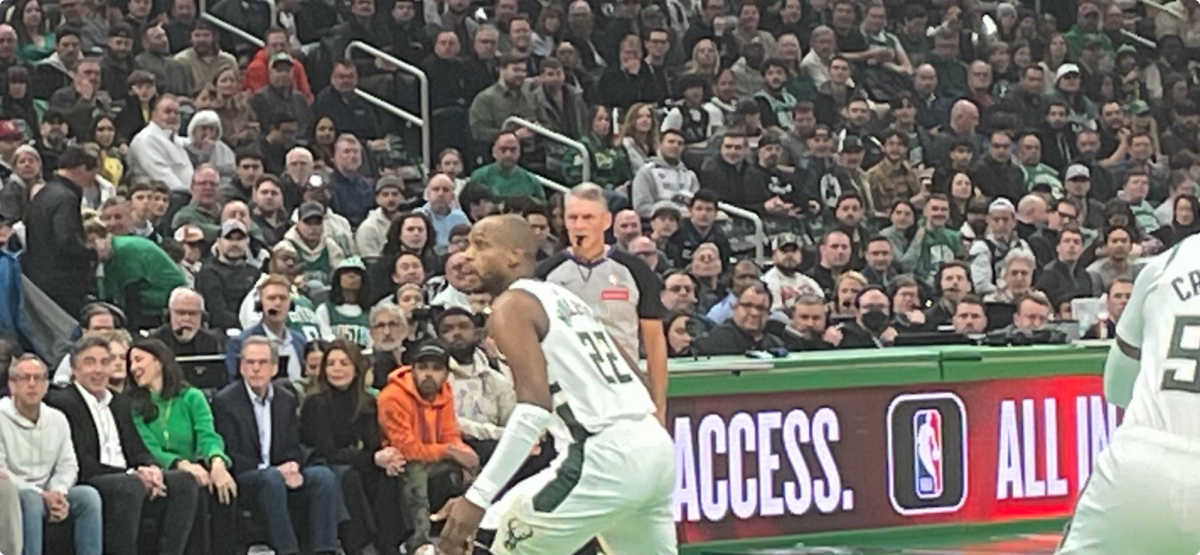
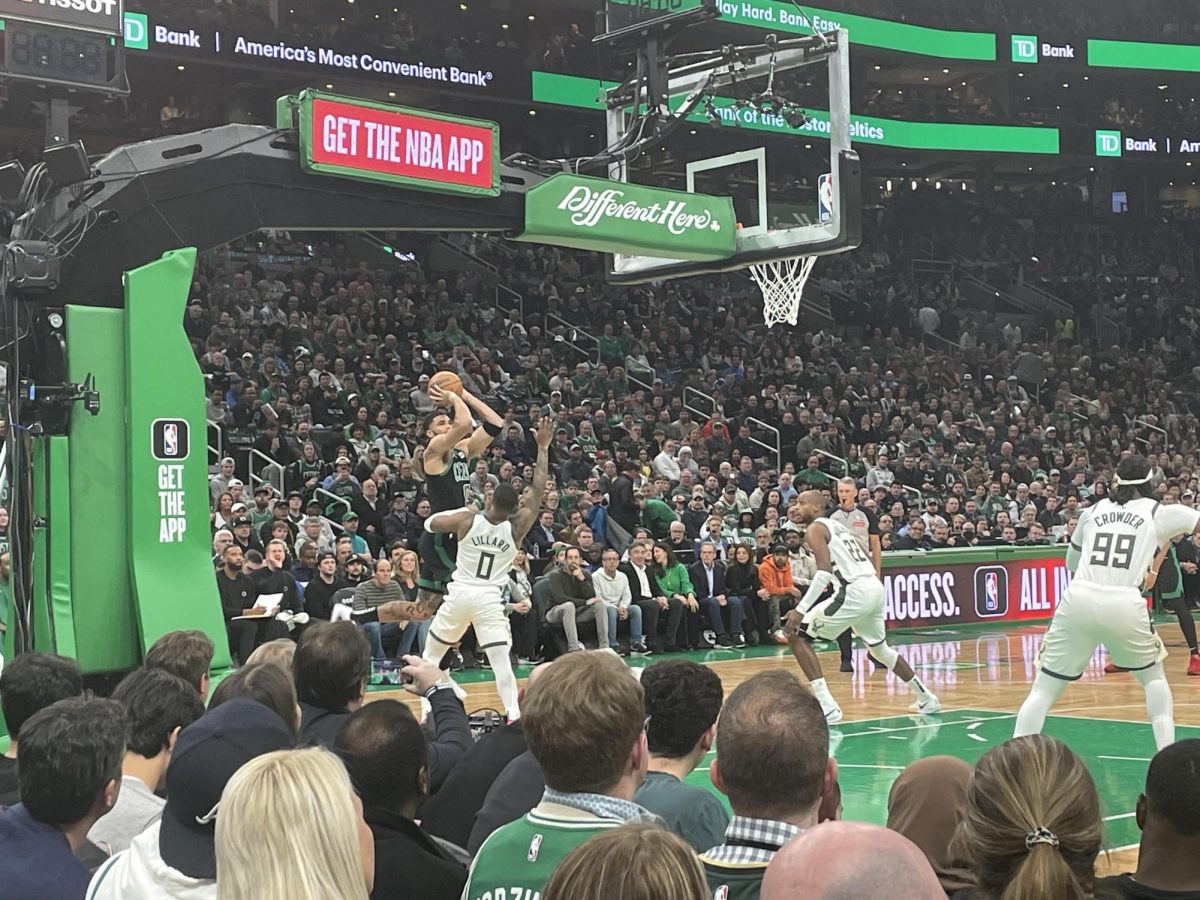
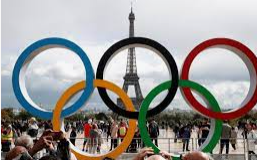



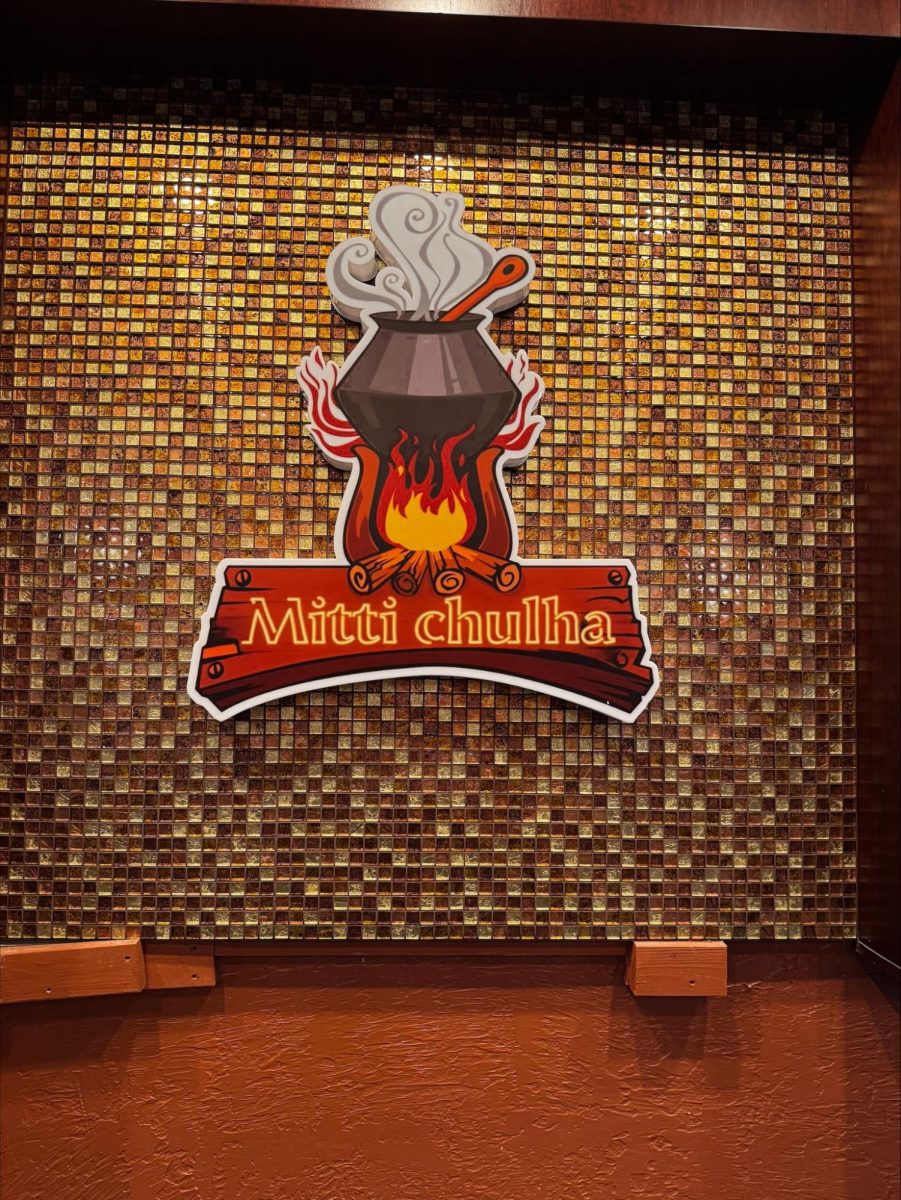
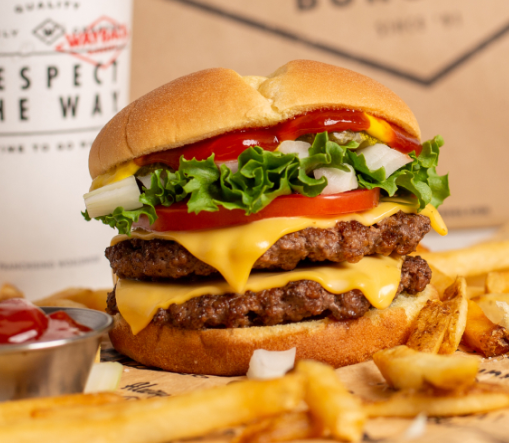
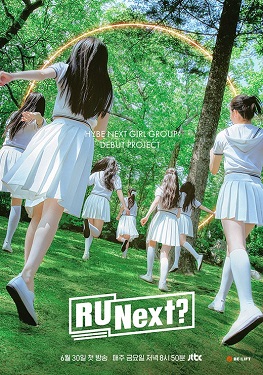
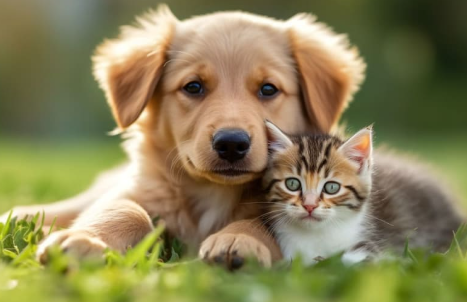


Alexis Leduc • Apr 11, 2023 at 2:36 pm
did u know that Santa was made by coca cola in a branding. at least his big red jolly look. now hes a symbol of american culture